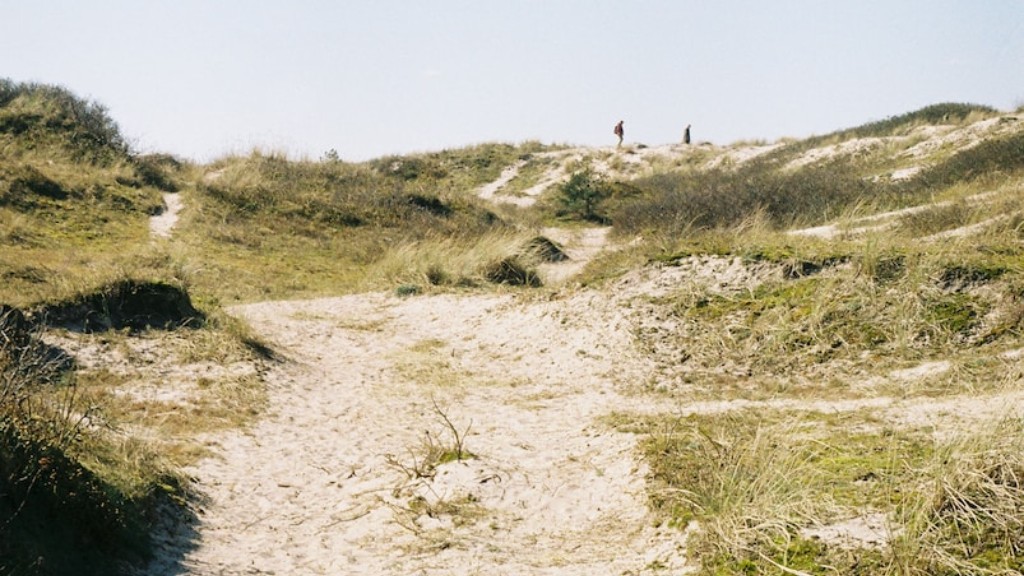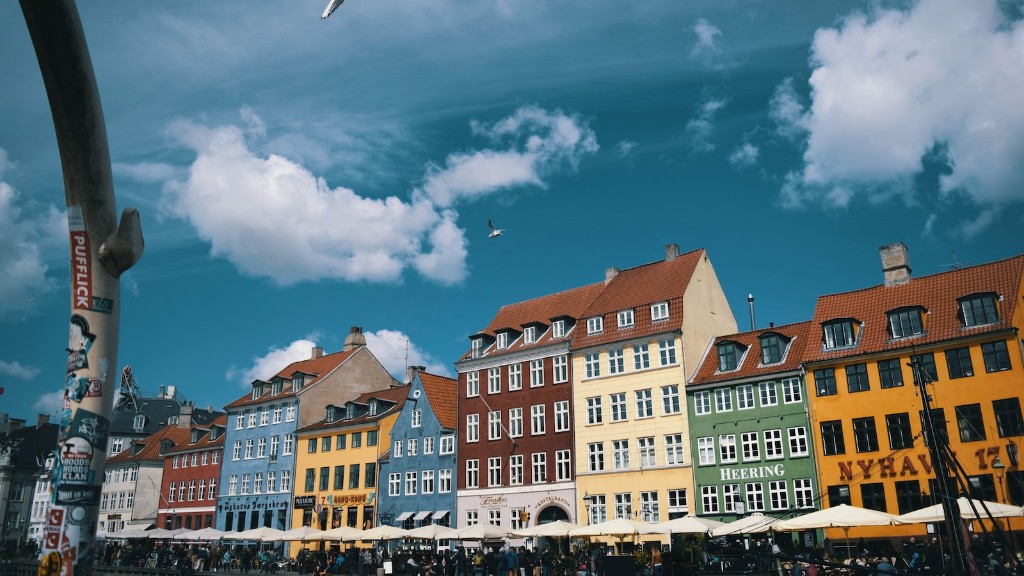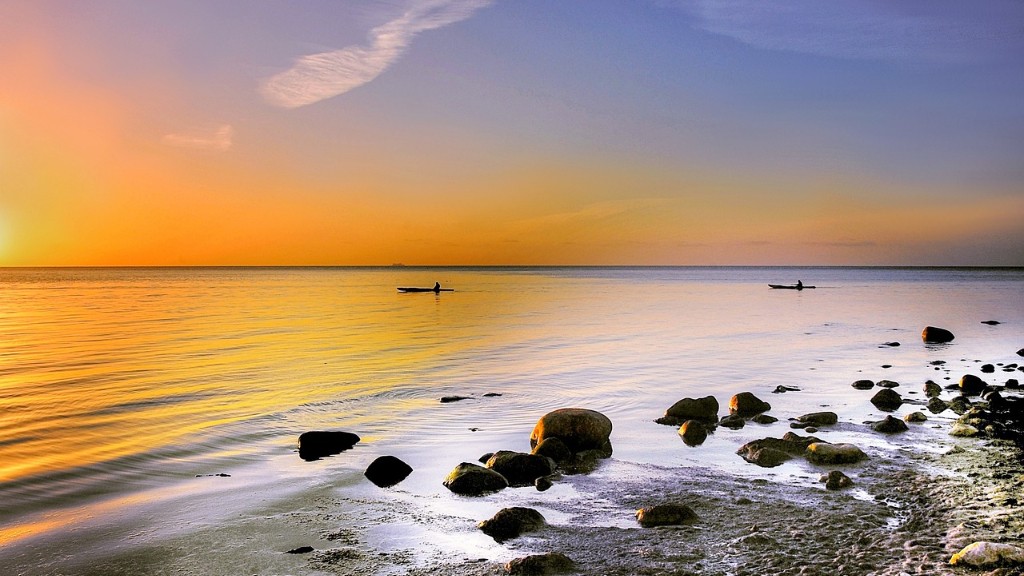What is Norway, Sweden, and Denmark Called?
When discussing the collective term for Norway, Sweden, and Denmark, we refer to the three countries as Scandinavia. The term Scandinavia, often interchanged with the Nordic countries, comprises these three nations located in Northern Europe. This region boasts breathtaking landscapes, rich history, and unique cultural traditions. Let’s explore more about Scandinavia below.
Background Information
Scandinavia’s geographical location contributes significantly to its distinctiveness. It is situated in the northernmost part of Europe, bordered by the Norwegian Sea, Baltic Sea, and North Sea. The Scandinavian Peninsula houses Sweden and Norway, while Denmark is a separate landmass located southwest of Sweden.
The origin of the term “Scandinavia” dates back to the Roman period, when it was used to describe the lands north of Germany. Over time, Scandinavia evolved into its current definition, encompassing the three countries, and often extending to include Finland, Iceland, and the Faroe Islands as part of the broader Nordic region.
Relevant Data
Let’s dive into some data about these fascinating countries:
- Norway: With a population of approximately 5.4 million, Norway boasts stunning fjords, the awe-inspiring Northern Lights, and is known for its high standard of living and strong welfare state.
- Sweden: Boasting a population of around 10.3 million, Sweden is renowned for its exceptional design, innovation, and contributions to various industries, including music, literature, and technology.
- Denmark: With a population of approximately 5.8 million, Denmark is celebrated for its picturesque landscapes, iconic architecture, such as the colorful buildings of Nyhavn, and the concept of hygge, which embodies coziness, contentment, and well-being.
Perspectives from Experts
Experts have diverse viewpoints when it comes to the collective term for Norway, Sweden, and Denmark:
- Professor Eriksson, a renowned historian, believes that using the term “Scandinavia” specifically for these three nations reflects their shared historical and cultural roots.
- Dr. Hansen, an anthropologist, suggests that while “Scandinavia” is a suitable term, it is crucial to acknowledge the broader Nordic region, as it further encompasses Finland, Iceland, and the Faroe Islands.
- According to linguist Dr. Bergman, the term “Scandinavia” has linguistic roots derived from an ancient Germanic language and continues to be widely accepted both regionally and internationally.
It’s essential to consider these perspectives to have a well-rounded understanding of the terminology used for this remarkable part of the world.
Insights and Analysis
Scandinavia represents not only a geographical location but also a unique cultural and historical entity. The shared heritage, similar languages (although each country has its own distinct language), folklore, and cultural traditions unite these countries. Moreover, their success in various fields, such as social welfare, sustainability, and technological advancements, reflects their collective commitment to progress.
Scandinavia’s impact extends beyond its borders, with the concept of “hygge” gaining popularity worldwide, promoting well-being and decluttering our hectic lives. The region’s breathtaking landscapes and commitment to sustainability have also made it an attractive destination for eco-tourism.
Exploring Finland, Iceland, and the Faroe Islands
While this article primarily focuses on Norway, Sweden, and Denmark, it’s worth mentioning the other Nordic countries that often join the conversation:
Finland
Located east of Sweden, Finland forms a significant part of the broader Nordic region. Renowned for its thousands of lakes, mesmerizing saunas, and unique culture influenced by both Scandinavian and Russian elements, Finland adds a distinct flavor to the Nordic tapestry.
Iceland
Iceland, known as the land of fire and ice, stands apart with its awe-inspiring landscapes dotted with volcanoes, geysers, and glaciers. Its rich Viking heritage, captivating folklore, and impressive literary traditions contribute to the region’s overall cultural wealth.
Faroe Islands
The Faroe Islands, an autonomous territory within the Kingdom of Denmark, are a collection of pristine islands characterized by dramatic cliffs, vibrant bird colonies, and a cultural blend of Scandinavian and Gaelic influences. This remote archipelago offers a unique glimpse into the enchanting natural wonders of the North Atlantic.
While distinct from each other and the three main countries, these nations encapsulate the spirit and allure of the Nordic region.
Conclusion
Scandinavia serves as the collective term encompassing Norway, Sweden, and Denmark. The geographical location, shared history, cultural traditions, and success in various fields unite these nations. While “Scandinavia” is an appropriate term, it is important to acknowledge the broader Nordic region, which includes Finland, Iceland, and the Faroe Islands. Together, these countries create an enchanting tapestry of natural wonders, rich heritage, and vibrant cultures, inviting visitors to explore the unparalleled beauty and achievements of Northern Europe.



